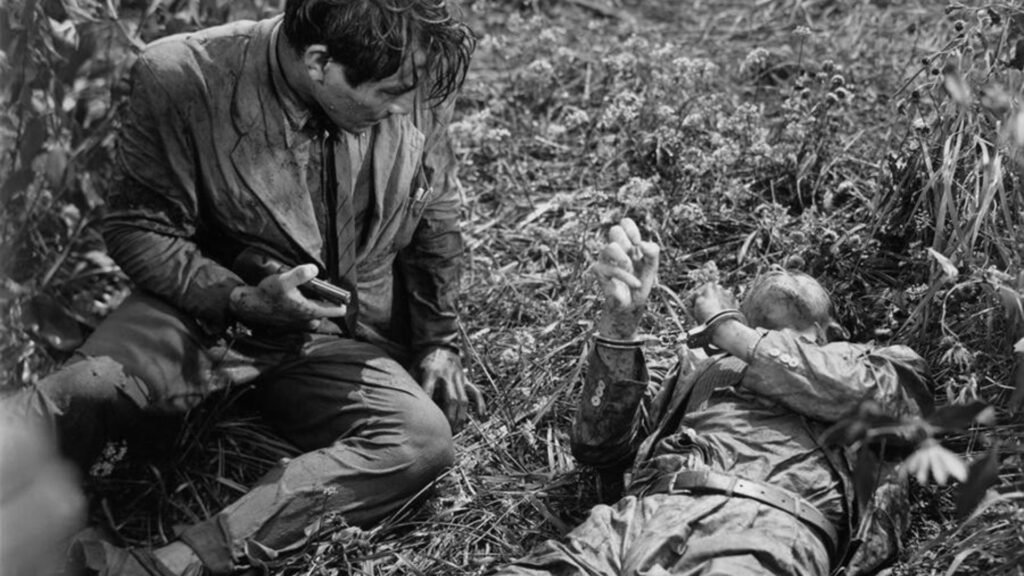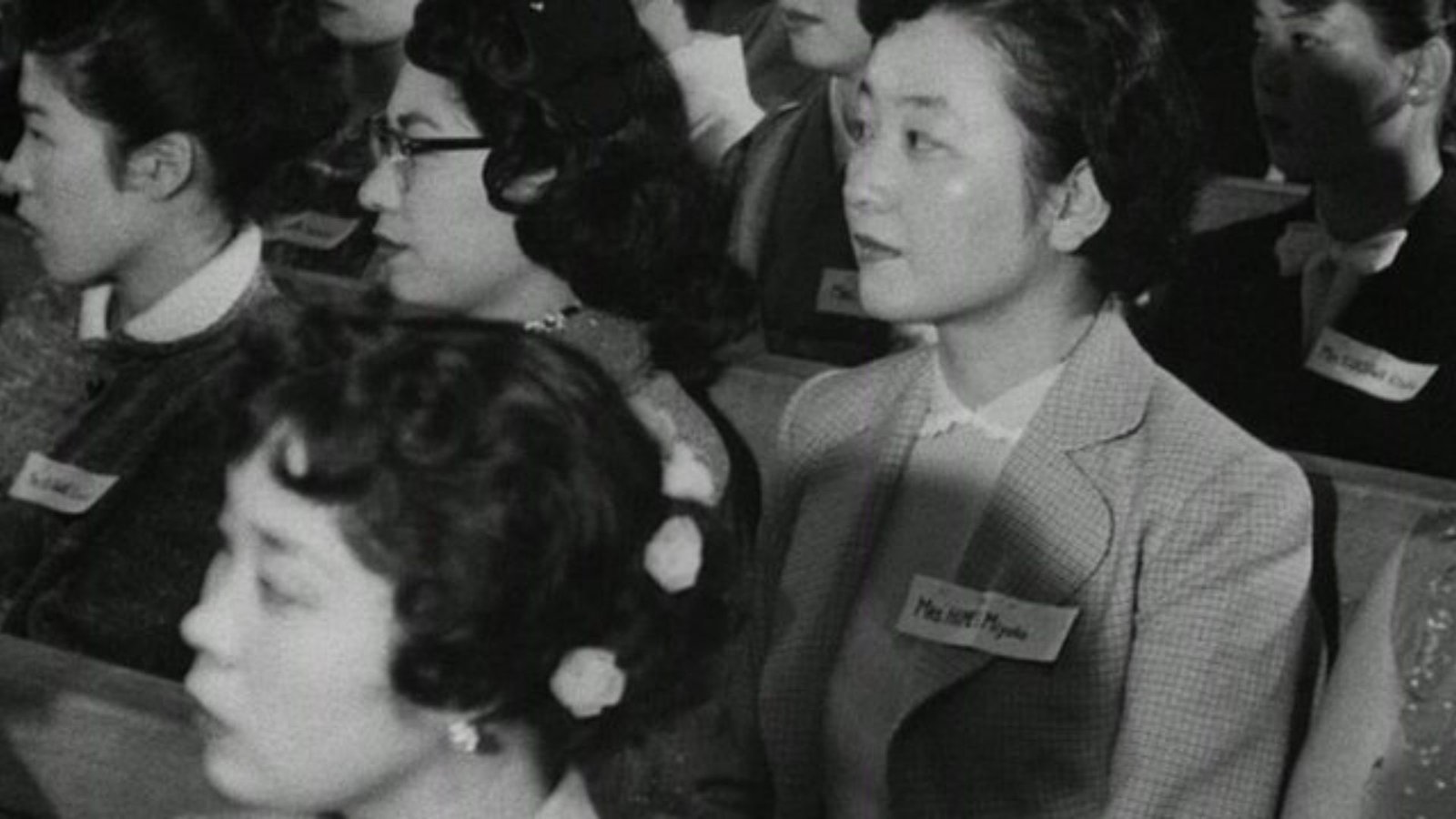How Japanese Movies Depict Post-War Society
Japanese cinema has long been a powerful medium for exploring the profound changes and challenges that Japan faced in the aftermath of World War II. Through a blend of realism, symbolism, and emotional depth, filmmakers have depicted the struggles of rebuilding a nation, the loss of traditional values, and the complex relationship between Japan’s past and its rapidly changing future. This article explores how Japanese movies have portrayed post-war society, reflecting the nation’s journey through recovery, identity crises, and the search for meaning.

The Impact of Defeat and Occupation
The immediate aftermath of World War II was a time of immense hardship for Japan. The defeat brought about a loss of national pride, widespread poverty, and a period of American occupation that significantly influenced Japanese society and culture. Japanese films of this era often depict the harsh realities of life during this time, focusing on themes of survival, loss, and the struggle to find hope in a devastated nation.
Examples:
- “Drunken Angel” (1948) by Akira Kurosawa: Set in the grimy, post-war slums of Tokyo, this film tells the story of a doctor who tries to help a young gangster suffering from tuberculosis. The film reflects the desperation and moral ambiguity of post-war Japan, with characters grappling with their shattered lives in a world that has lost its moral compass.
- “Children of Hiroshima” (1952) by Kaneto Shindō: This poignant film tells the story of a schoolteacher who returns to Hiroshima after the war to visit her former students. The film provides a somber reflection on the effects of the atomic bomb and the long-term impact it had on the survivors.
The Search for Identity
As Japan began to rebuild, the country faced a complex identity crisis. The rapid Westernization and modernization during the occupation period led to a clash between traditional Japanese values and the new influences. Filmmakers used their craft to explore this tension, often depicting characters who struggle to reconcile their past with the demands of the new world.
Examples:
- “Tokyo Story” (1953) by Yasujirō Ozu: This classic film explores the generational divide in post-war Japan, as elderly parents from the countryside visit their children in Tokyo, only to find that they have become distant and absorbed in the fast-paced modern life. The film highlights the erosion of traditional family values in the face of modernization.
- “The Human Condition” (1959-1961) by Masaki Kobayashi: This epic film trilogy follows the journey of a Japanese pacifist during World War II and its aftermath. It delves into the moral dilemmas faced by individuals in a society struggling with its militaristic past and the harsh realities of the present.
The Struggle for Economic Recovery
The 1950s and 1960s saw Japan’s rapid economic growth, often referred to as the “Economic Miracle.” However, this period of prosperity also brought about new social challenges, including alienation, the breakdown of communities, and the loss of personal connections. Japanese cinema during this time often reflected these themes, showing how economic progress came at a human cost.
Examples:
- “An Autumn Afternoon” (1962) by Yasujirō Ozu: This film, Ozu’s last, poignantly portrays the loneliness and isolation experienced by an aging father as his children move on with their lives. The film subtly critiques the post-war economic boom that led to the fragmentation of traditional family structures.
- “Ikiru” (1952) by Akira Kurosawa: This film tells the story of a bureaucrat who, after being diagnosed with terminal cancer, seeks to find meaning in his life by building a playground in a poor neighborhood. Ikiru reflects the alienation and lack of purpose that many felt in a rapidly modernizing society.
The Legacy of War
The scars of war remained a persistent theme in Japanese cinema, with many films reflecting on the long-term psychological and societal impacts of the conflict. These films often grapple with the trauma of war, the guilt of survival, and the quest for redemption.
Examples:
- “Fires on the Plain” (1959) by Kon Ichikawa: This harrowing film depicts the brutal conditions faced by Japanese soldiers stranded in the Philippines during the final days of World War II. The film is a stark portrayal of the horrors of war and the dehumanizing effects it has on individuals.
- “The Burmese Harp” (1956) by Kon Ichikawa: Set in Burma at the end of World War II, this film follows a Japanese soldier who becomes a Buddhist monk after witnessing the horrors of war. The film emphasizes themes of forgiveness, peace, and the search for spiritual solace in the aftermath of conflict.
Conclusion
Japanese films have played a crucial role in reflecting and shaping the nation’s understanding of its post-war reality. From the immediate impact of defeat and occupation to the long-term effects of economic recovery and the ongoing struggle with war memories, these films offer a profound exploration of Japan’s journey through a complex and transformative period in its history. Through their rich storytelling and deep emotional resonance, they continue to provide valuable insights into the human experience in times of profound societal change.



